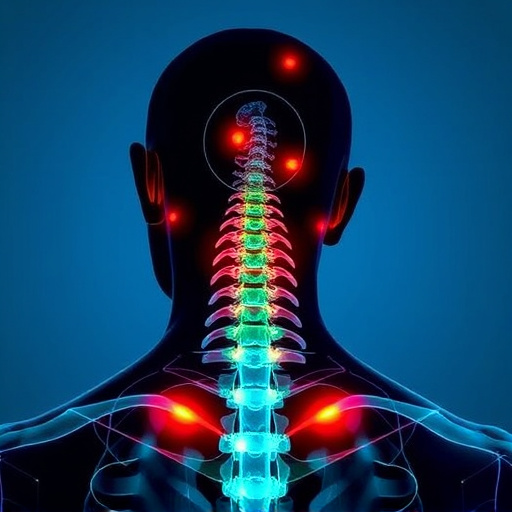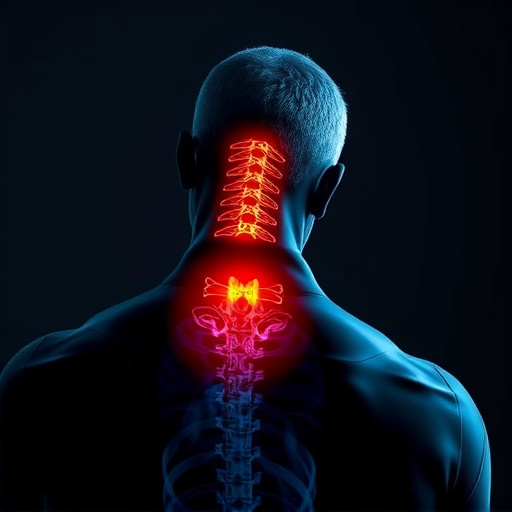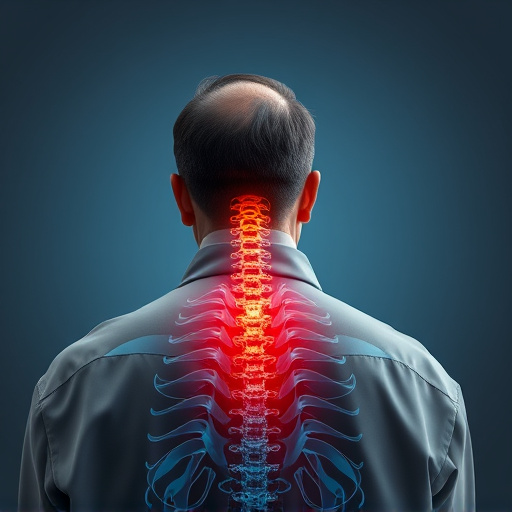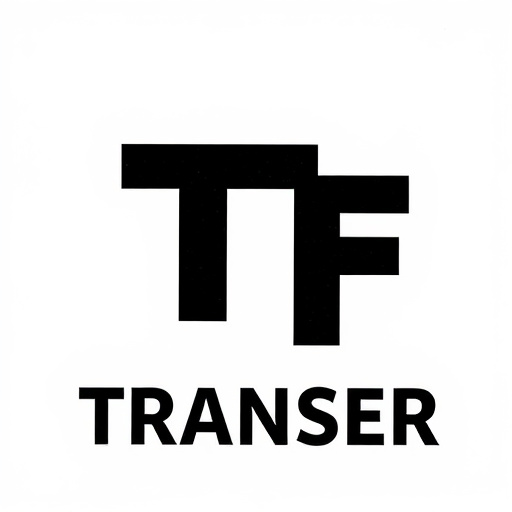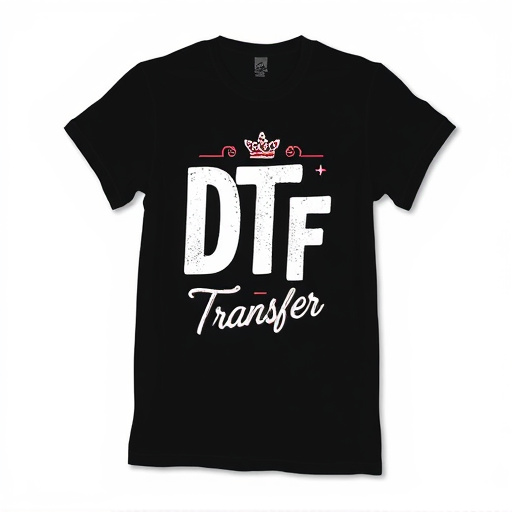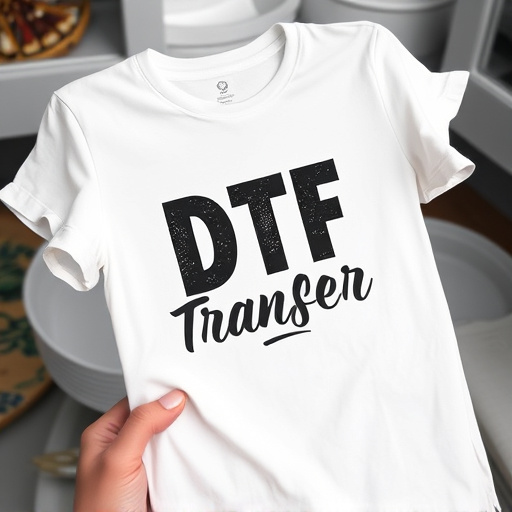Direct-to-Film (DTF) transfers offer high-quality finishes but demand precise controls for strong adhesion. Key factors include surface preparation, suitable adhesives, temperature (20-25°C), humidity control, and adequate drying/curing times (24-48 hours). Thorough cleaning of surfaces, use of compatible DTF adhesives, and optimal environmental conditions during application ensure robust bonding with substrates like glass or plastic. Regular post-application testing ensures the longevity of DTF transfers through early detection of any adhesion issues.
“Direct-to-film (DTF) transfers have revolutionized signmaking, offering durable and high-quality graphics. Yet, ensuring proper adhesion is key to long-lasting results. This article delves into the duration required for optimal DTF transfer adhesion, exploring factors like surface preparation, temperature, and humidity. We’ll guide you through ideal conditions, common challenges, testing methods, and best practices to ensure your DTF applications stick around for years to come.”
- Understanding DTF Transfer Process and Adhesion
- Factors Affecting Adhesion Time
- Ideal Conditions for Optimal Adhesion
- Common Challenges in Achieving Strong Adhesion
- Testing and Evaluating Adhesion Quality
- Best Practices for Ensuring Long-Lasting Adhesion
Understanding DTF Transfer Process and Adhesion

The Direct-to-Film (DTF) transfer process involves applying graphics directly onto a film surface, creating a durable and high-quality finish. This method is widely used in various industries for automotive, maritime, and architectural applications due to its ability to withstand external elements and provide a seamless look. The adhesion of these transfers is a critical aspect that determines the longevity and effectiveness of the final product.
Adhesion refers to the bond strength between the transfer material and the substrate (the surface it’s applied to). In the case of DTF transfers, this involves creating a strong connection between the printed film and the target surface, often glass or plastic. Factors like surface preparation, cleaning, and the use of appropriate adhesives play a significant role in achieving optimal adhesion. Proper drying and curing time are also essential to ensure the transfer adheres correctly and remains intact over extended periods.
Factors Affecting Adhesion Time

Several factors play a crucial role in determining the ideal adhesion time for direct-to-film (DTF) transfers. One of the primary considerations is the type of film used; different materials have varying adhesive properties, affecting how quickly and strongly they bond with the substrate. For instance, glossy films tend to offer better initial adhesion but may require a longer curing period compared to matte or textured films.
The environment in which the transfer takes place also matters significantly. Humidity levels and temperature can greatly impact the bonding process. High humidity might prolong the adhesion time as moisture can interfere with the adhesive’s ability to set properly, whereas low temperatures can slow down the chemical reactions necessary for a strong bond. These factors must be carefully controlled to ensure optimal results for DTF transfers.
Ideal Conditions for Optimal Adhesion

For optimal adhesion in direct-to-film (DTF) transfers, it’s crucial to maintain ideal conditions throughout the application process. The surface preparation is key; ensure the substrate is clean, free from contaminants, and slightly roughened to enhance grip. This can be achieved through light sanding or using suitable adhesive primers. Temperature plays a significant role; most DTF adhesives require a warm ambient temperature during application, typically between 20-25°C (68-77°F), for best results. Humidity levels should also be considered; while too much moisture can hinder adhesion, some adhesives benefit from slightly elevated humidity to ensure the material sets properly.
Additionally, the pressure applied during installation is critical. Apply even pressure across the transfer using a smooth, firm motion. This helps to eliminate air bubbles and ensures complete contact between the DTF film and the substrate. Post-application, allowing the adhesive to cure fully is essential; this usually requires 24-48 hours, depending on the specific adhesive and environmental conditions.
Common Challenges in Achieving Strong Adhesion

Direct-to-film (DTF) transfers, while offering superior visual quality, come with their share of challenges when it comes to achieving strong adhesion. One of the primary obstacles is ensuring proper surface preparation. Dust, grease, and previous residues can all interfere with the bonding process, leading to weakened adhesion over time. Regular cleaning and degreasing are essential to create a clean canvas for the DTF transfer.
Another common issue is the compatibility of the adhesive with the film and substrate materials. Different materials have varying surface properties, and using an incorrect adhesive can result in poor adherence or premature failure. It’s crucial to select adhesives specifically designed for DTF applications, ensuring they meet the requirements of both the film and the receiving surface for long-lasting, high-quality results.
Testing and Evaluating Adhesion Quality

To ensure the longevity and effectiveness of a direct-to-film (DTF) transfer, testing and evaluating adhesion quality is paramount. After application, allow the transfer to set for an initial period, often recommended by the manufacturer. This waiting time allows the adhesive to cure properly, ensuring maximum bonding strength with the substrate. During this duration, environmental conditions like temperature and humidity should be monitored; optimal adherence is achieved when these factors align with the product’s specifications.
Subsequent testing involves visual inspection and mechanical tests to assess the transfer’s adhesiveness. Visual examinations check for any signs of lifting or damage to the film, while more rigorous tests, such as peel tests, measure the force required to remove the transfer from its base. These evaluations provide crucial data on the DTF transfer’s performance over time and under various conditions, enabling users to make informed decisions about installation and maintenance.
Best Practices for Ensuring Long-Lasting Adhesion

To ensure long-lasting adhesion for a direct-to-film (DTF) transfer, best practices involve careful preparation and execution. Start by cleaning the surface thoroughly to remove any contaminants that could weaken the bond. This includes dust, grease, and existing adhesives. A fresh, smooth surface is key for optimal adhesion. Next, choose an appropriate adhesive designed specifically for DTF transfers, as these offer stronger bonds tailored to film applications.
Apply the adhesive evenly across the desired area, following manufacturer guidelines. Proper application ensures consistent contact between the film and substrate. Allow sufficient drying time before applying the film to let the adhesive set properly. This critical step is often overlooked but significantly impacts longevity. Additionally, consider environmental factors like temperature and humidity during both application and curing stages to maintain ideal conditions for robust adhesion.
